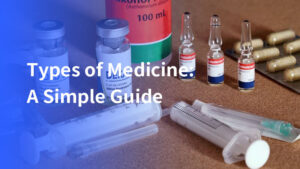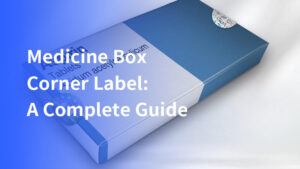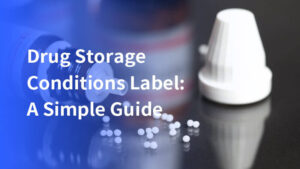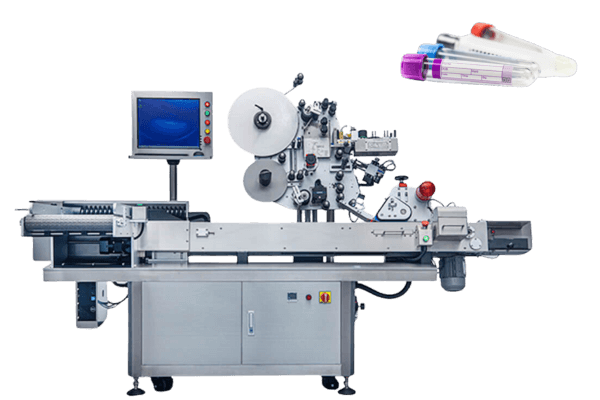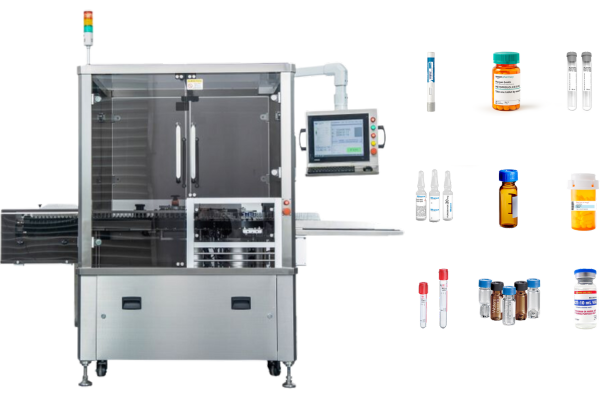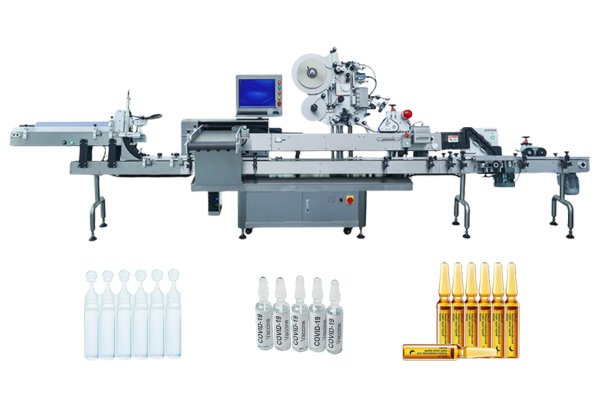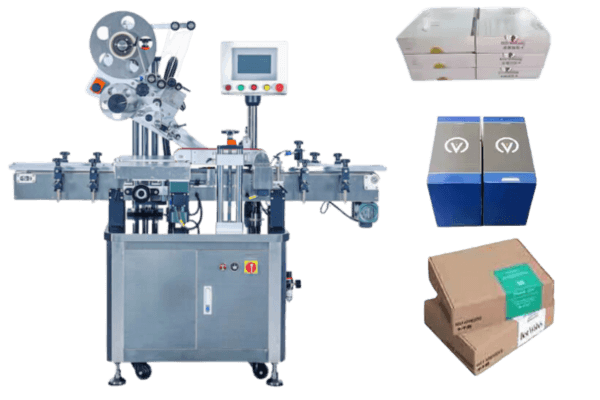Pharmaceutical packaging is important for keeping medicine safe and easy to use. It helps protect patients by using designs like seals that show if someone has opened the package.
These designs stop the medicine from getting dirty or being taken by accident. When you go to the pharmacy, you will see many types of drug packaging.
Pharma companies pick the right materials for packaging based on what the medicine needs and what people like.
To learn more about how medicine is packaged, check out this guide on the different types of packaging used for medicine.
Pharmaceutical packaging types
Pharma packaging has different types of drug packaging with important roles. It can be divided into three main types:
- Primary packaging: Holds and protects the medicine directly.
- Secondary packaging: Adds another layer of protection around the primary packaging. It keeps the medicine safe until it reaches the user.
- Tertiary packaging: Offers more protection for the medicine during shipping and handling.
Essential primary pharmaceutical packaging options
The most common types of primary pharmaceutical packaging are different containers. They can help keep medicine safe and effective. These include:
- Vials: Small bottles made of glass or plastic, often used to hold liquid medicine or samples.
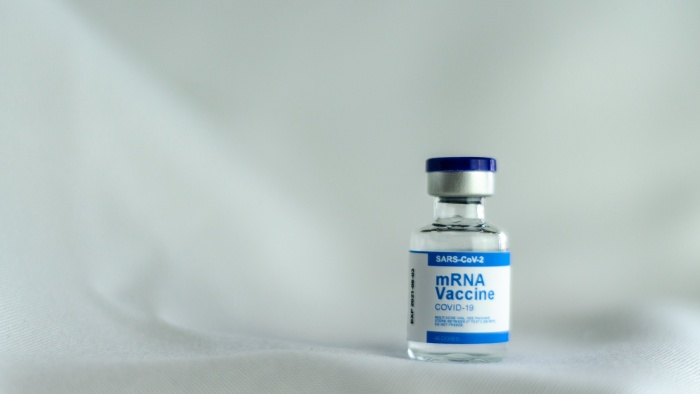
- Bottles: These come in different sizes and materials. and they are usually used for tablets, capsules, and liquids.
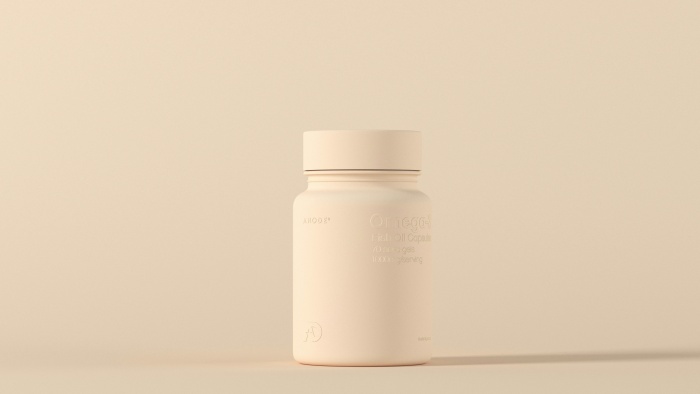
- Blister packs: These hold individual doses of medicine in a safe and easy way. Made from plastic and aluminum, they keep each pill in its own compartment. This design helps people manage their medicine by fitting different pill sizes and shapes.
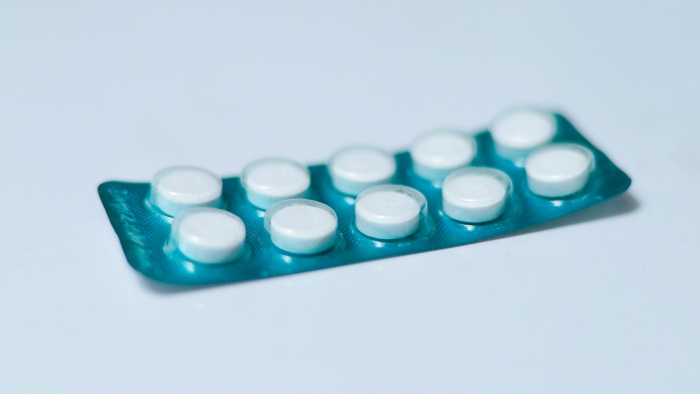
- Sachets: Small flexible packets used to hold single doses of powders or granules.
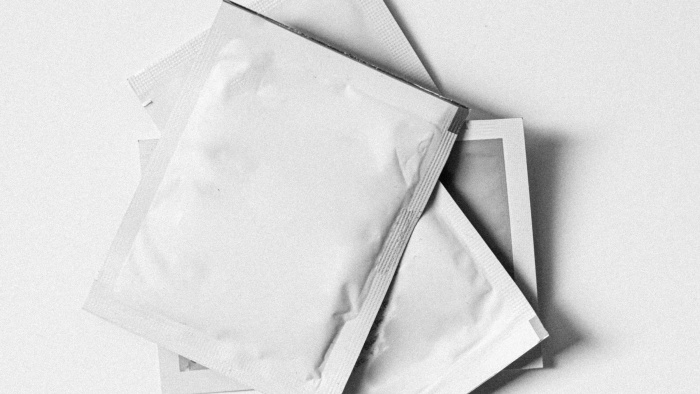
- Syringes: Important for giving liquid medicine directly into the body in exact amounts.
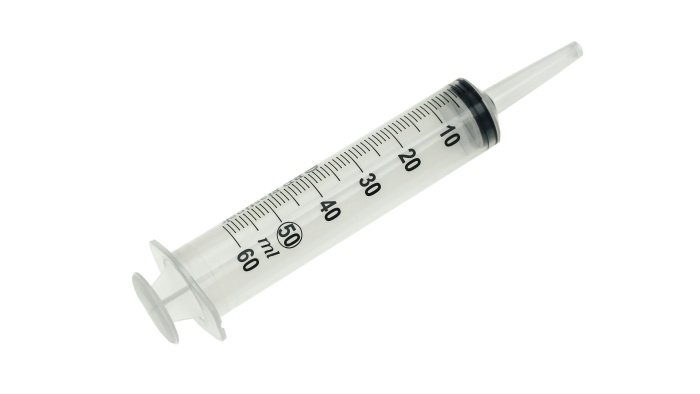
- Ampoules: Small sealed glass containers used to store liquid medicine. This can keep it sterile until it’s used.
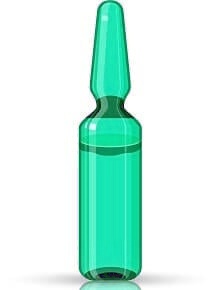
- Tubular containers: Usually made of plastic, aluminum, or other materials. It is used to hold creams, gels, pastes, or liquid medicines.
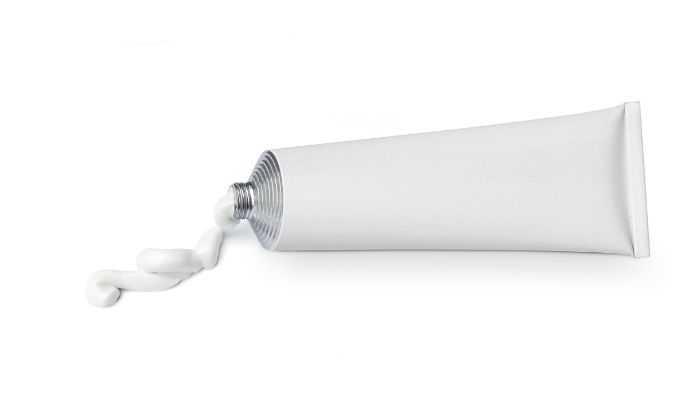
Types of secondary pharmaceutical packaging
Secondary packaging, like boxes, provides extra protection. These include:
- Cartons: They are made of cardboard. they hold several primary packages. This can make them easier to handle and deliver.
- Boxes: Made from different materials, they hold larger amounts of medicine for easier transport and storage.
Secondary packaging protects medicine during shipping and storage. and they are also allowing for easier stacking and branding.
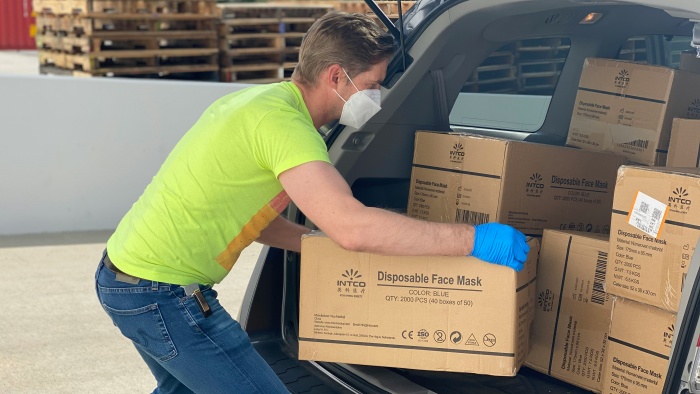
Types in pharmaceutical bottle packaging
Packaging for pharmaceutical bottles comes in many types to meet different storage needs and safety rules. Glass bottles are often chosen for storing drugs because they don’t react with chemicals.
- Glass bottles: These come in many sizes, from small to large, and in different colors to protect the medicine from light. Amber is the most common color, but blue and green are also used. To keep children safe, glass medicine bottles usually have child-resistant caps.
- Plastic bottles: Plastic is another option because it is strong and flexible. Plastic pharmaceutical bottles are made from materials like PET, PP, LDPE, and HDPE. These bottles also come in different sizes and colors, such as clear, white, or amber.
Factors in pharmaceutical packaging materials
Drug packaging uses different materials, and new ones are being developed all the time. The main materials are glass and plastic, chosen because they meet the needs of the drug. Several important factors affect the choice of packaging material:
- Protection needs: How much protection the drug needs to stay safe from things like air and light.
- Dosage requirements: The size of the packaging needed to give the right amount of the drug.
- User convenience: How easy the packaging is to open, use, and store.
- Filling method: The way the packaging is filled can affect the material choice.
- Sterilization techniques: Some materials can handle certain cleaning methods to keep the drug safe.
- Cost-effectiveness: The material must balance good quality and cost.
Plastic packaging
Plastic is one of the most helpful materials in the world, especially for packaging medicine. It is light, flexible, and strong, making it a good choice for many packaging shapes and sizes that don’t break easily. These features make plastic important for many types of medicine packaging.
One concern with using plastic instead of glass is that plastic might mix with the medicine, possibly letting harmful substances into the product. This is important when choosing packaging materials. The most common plastics used for medicine packaging are:
- PET : Strong, handles heat well, and is clear.
- HDPE: Strong and tough, good at resisting holes and tears.
- PP : Handles heat well and protects against moisture and chemicals.
Glass packaging
Glass has been used in pharmaceutical packaging for many years because of its helpful properties. Glass bottles are clear, strong, and durable.
They can be easily labeled, come in different shapes and sizes, and meet various pharmaceutical needs. One of the main benefits of glass is that it doesn’t react with chemicals, which helps keep the drug pure and safe.
Amber glass bottles are commonly used in pharmacies. They are chosen more often than clear glass because they protect medicine from harmful UV rays that can weaken or change certain drugs. There are three main types of glass used in pharmaceutical packaging:
- Type I: Borosilicate glass, which is very strong and resistant to heat.
- Type II: Treated soda-lime glass, made to resist chemicals.
- Type III: Regular soda-lime glass, often used for less sensitive drugs because it is cheaper and easy to find.
Sterile packaging
Sterile packaging is important to keep drug products and medical devices safe to use. It protects both the products and the health of people. This kind of packaging often uses special films made from plastics like HDPE and PP to stop contamination.
Sustainability and eco-friendly packaging
Sustainable packaging uses materials that keep products safe. and they can also be recycled without harming the planet.
Sustainable packaging options:
- Biodegradable plastics: These break down in nature, reducing plastic waste.
- Recyclable materials: Like glass and some plastics, which can be used again after they are done.
- Recycled cardboard: Used for outer packaging, reducing the need for new paper.
Smart packaging
Smart packaging is getting better all the time. It’s making medicine packaging more useful and easier to use.
This technology can help track medicine. This make sure it’s safe, and make it easier for patients to use their medicine correctly.
Some cool smart packaging ideas include:
- RFID tags: These are like tiny stickers that track medicine from when it’s made to when it’s used.
- Electronic monitoring systems: These are like tiny computers that watch the temperature and humidity of medicine. It can make sure it’s stored and transported correctly.
- Smart labels: These are like special labels that can remind you to take your medicine and give you information about it.
Global pharmaceutical packaging regulations
- U.S. FDA: Specifies labeling requirements, sterile packaging standards, and more.
- EU EMA: Ensures compliance with EU pharmaceutical packaging and labeling regulations.
- China NMPA: Sets standards and requirements for domestic pharmaceutical packaging.
Future trends
- Using materials that break down easily: By choosing materials that can be broken down naturally, we can reduce the amount of waste we produce and protect the environment.
- Smart packaging: Imagine packaging that can do more than just hold your medicine. Smart packaging uses technology to keep your medicine safe and remind you to take it.
- Personalized packaging: Just like custom sneakers, we can have medicine packaging that’s made just for us. This means the packaging can be designed to fit our specific needs.
Conclusion
Pharmaceutical packaging is like a superhero cape for your pills! It keeps them safe and makes sure no one messes with them.
Labeling is important part. They tell us everything we need to know. To make sure the labels are perfect every time, our pharma labeling machines can do it.
Here are Viallabeller pharmaceutical labeling solutions:

